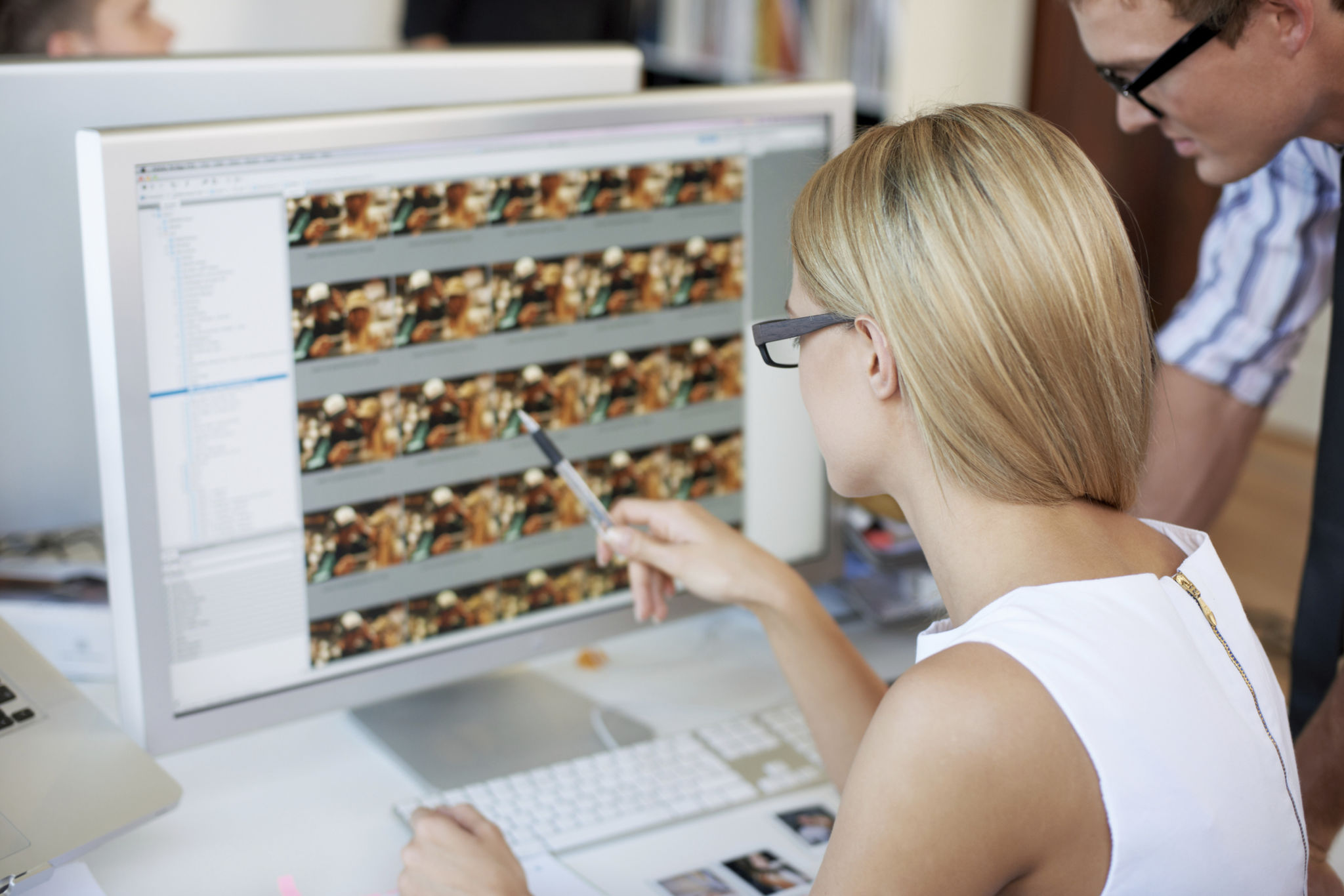Expert Insights: The Art of Combining Drone Photography with Traditional Techniques
Introduction to Drone Photography
In recent years, drone photography has emerged as a groundbreaking technique in the world of visual arts. This innovative approach allows photographers to capture stunning aerial views that were once only possible from helicopters or planes. As technology continues to evolve, the potential for combining drone photography with traditional techniques offers even more exciting possibilities for artists and photographers alike.
The ability to capture images from unique perspectives has opened up a whole new world for creative expression. Drones provide an agile and cost-effective solution for aerial photography, making it accessible to a broader range of photographers. As we explore the art of combining these modern tools with time-tested methods, we'll uncover the potential for creating truly breathtaking imagery.

The Benefits of Integrating Traditional Techniques
While drone photography offers unparalleled viewpoints, incorporating traditional photographic techniques can enhance the final output significantly. Traditional methods such as understanding lighting, composition, and timing play a crucial role in complementing the aerial capabilities of drones.
For instance, using golden hour lighting—a technique cherished by seasoned photographers—can add warmth and depth to drone-captured landscapes. Similarly, applying the rule of thirds can guide the viewer's eye through the image, creating a balanced and harmonious composition. These techniques, when fused with aerial photography, result in images that are not only visually captivating but also emotionally engaging.
Post-Processing: Bridging the Gap
In the realm of digital photography, post-processing is an essential step that allows photographers to refine their work. With drones capturing high-resolution imagery, there is ample room for enhancing these images using software like Adobe Lightroom or Photoshop.
Post-processing techniques such as contrast adjustment, color grading, and sharpness enhancement bridge the gap between raw drone footage and polished masterpieces. By employing these methods, photographers can ensure that the final product aligns with their creative vision while maintaining a professional quality.

Storytelling Through Drone Photography
One of the most powerful aspects of combining drone and traditional photography is the ability to tell compelling stories through visuals. Aerial shots provide context and scale, offering viewers an immersive experience that is both informative and aesthetically pleasing.
Consider a project documenting the transformation of urban landscapes. By combining ground-level shots with sweeping aerial views, photographers can create a narrative that highlights changes over time and space. This approach not only enriches the visual story but also engages audiences on a deeper level.
Challenges and Considerations
Despite its many advantages, integrating drone photography with traditional techniques poses certain challenges. Factors such as weather conditions, drone regulations, and technical limitations can impact the outcome of a shoot. It's crucial for photographers to plan meticulously and stay informed about local laws governing drone usage.
Additionally, mastering both drone operation and traditional photography requires time and practice. Aspiring photographers need to hone their skills in both areas to achieve seamless integration and produce high-quality results.

The Future of Combined Techniques
As technology continues to advance, the possibilities for combining drone photography with traditional techniques are virtually limitless. Emerging technologies like AI-driven editing tools and more sophisticated drones will further enhance the capabilities available to photographers.
In the future, we can anticipate even more innovative applications of this fusion—be it in fine art, commercial projects, or environmental documentation. The art of combining these techniques will continue to evolve, offering new opportunities for creativity and storytelling in visual arts.
